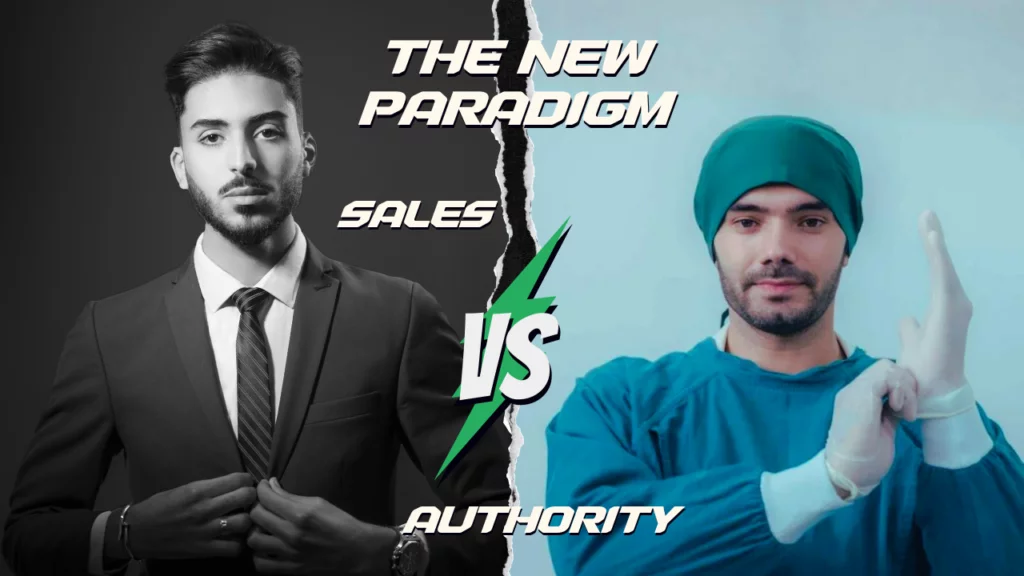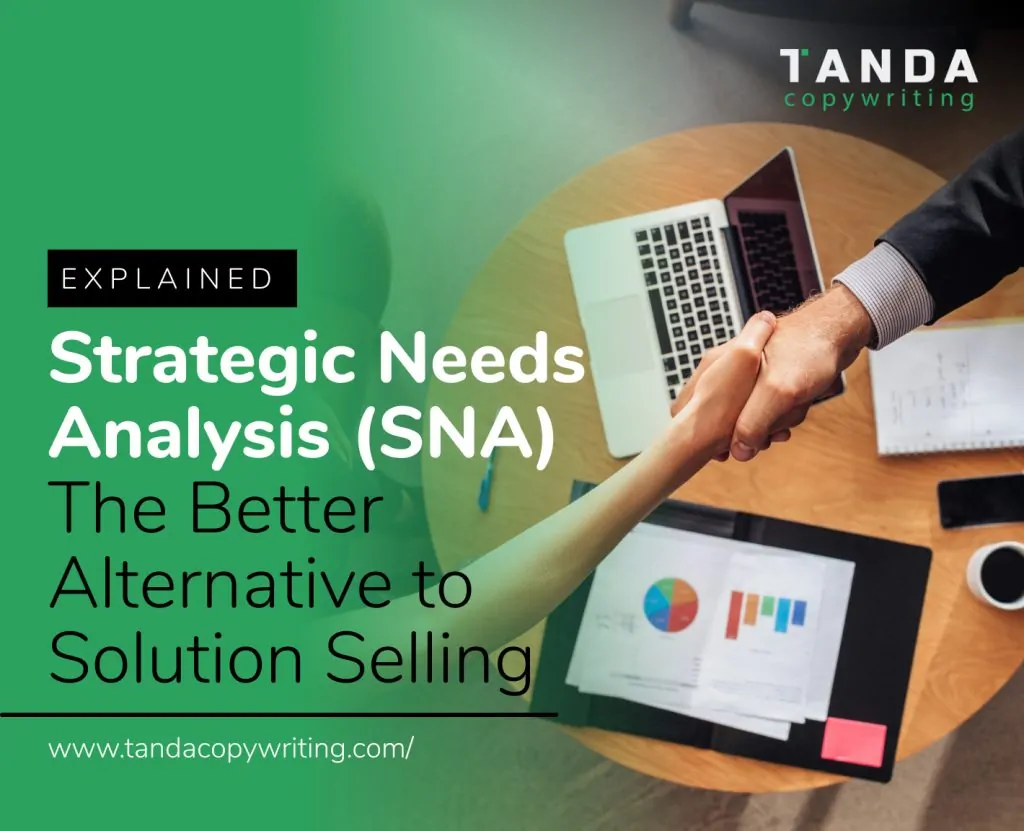Growing your agency depends first and foremost on having the right foundation in place. Just think about it… while driving a Hyundai, you can slam the gas pedal to the floor, but it still won’t be able to accelerate faster than a Bugatti.
Your agency is just the same. Simply investing more money in marketing & sales will only take you so far if your foundation hasn’t kept up with the times. Jumping from one tactic to another won’t make a big difference either.
So how do you establish the kind of foundation that will enable you to scale to multiple 7-figures in the next 5 years?
Today, the agency market is more competitive and crowded than ever. The biggest issue agencies are dealing with is getting heard, standing out through all the noise and gaining the trust of their customers. Many of whom have been burned by agencies before.
In a way, what you say is meaningless if no one pays attention, if no one hears it or truly pauses to listen to it. This is the exact same problem that the concept of positioning was invented to solve.
How We Got to Today
In 1969 Al Ries & Jack Trout wrote a seminal paper that introduced a novel concept which forever altered the course of marketing. The paper was called “positioning is a game people play in today’s me-too market place”.
Sounds eerily familiar, doesn’t it?
In their follow-up book titled Positioning: The Battle for Your Mind, they defined positioning as “an organized system for finding windows in the mind. It is based on the concept that communication can only take place at the right time and under the right circumstances”.
In other words, positioning represents the attempt to create a category in the mind of your customer that will be associated with you.
It is what helps you stand out, grab attention, so that you can actually be heard. Because, in the end, it doesn’t matter how good you are – if you’re not heard, there’s 0 chance for your greatness to be discovered.
And ever since positioning was introduced, due to the rise of the digital age, the internet, smartphones and social media, the number of agencies has grown exponentially. Therefore it’s much harder than ever today to stand out. To even be heard.
From Positioning 1.0 to Positioning 4.0
To explain how positioning works today and how you can take advantage of it to grow your agency, we’ll cover a brief history of the 5 eras of positioning.
Prior to Positioning – 1950s to 1970s

Before positioning was introduced as a concept, before the market got crowded, agency services were simply sold through features and benefits.
There was no noise. It was sufficient for an agency to present what they had and its benefits, and clients were willing to listen, and hence could be persuaded.
There was no internet and media buying was largely very expensive. This is why the space was dominated by very large, monolithic agencies – the famous Madison Avenue bunch.
Since agencies held most of the knowledge, and buyers found it hard to inform themselves, they had no choice but to invite the salesmen (account executives) in. Often the solutions offered were more what the agencies wanted to experiment with than what truly addressed the needs of the buyers.
Agencies like Ogilvy & Mather focused on creating catchy slogans and memorable print ads. Their strategy was to highlight product features and benefits, aiming to persuade consumers through creative copy and appealing visuals.
A classic example is the Volkswagen Beetle ads, which emphasized the car’s unique features and benefits in a straightforward, feature-focused manner.
Positioning 1.0 – 1970s to 1980s

During the 1970s and 1980s positioning became a mainstream concept. Agencies realized that the battle really was for the mind of the customer.
So with Positioning 1.0 agencies shifted their focus from merely selling features and benefits of their services, to positioning their offers and trying to dominate certain categories that their services stood for in the minds of their customers.
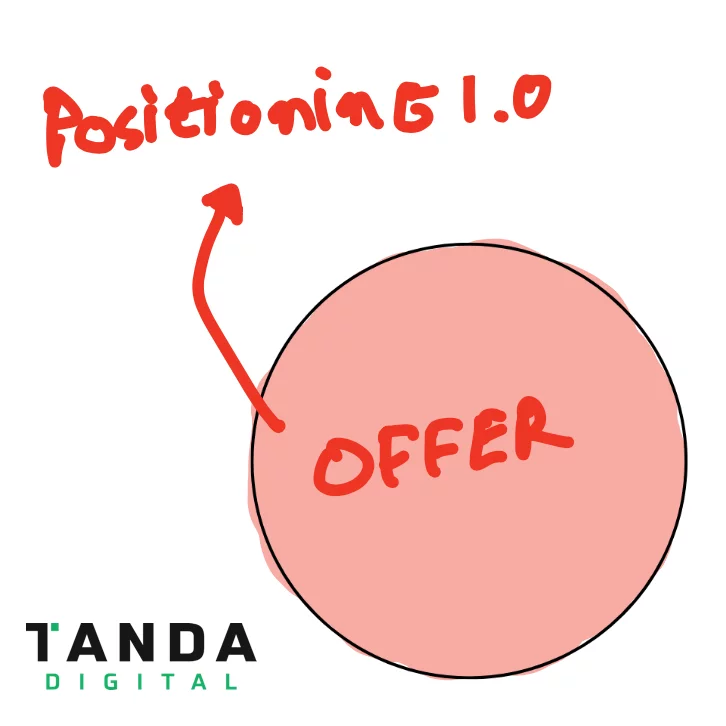
This era saw the development of unique brand identities and the crafting of messages that resonated with specific audience segments. It was about creating a distinct place for a brand in the consumer’s mind, differentiating it from competitors primarily based on the offer.
For instance, some agencies positioned themselves as experts in direct marketing or public relations. A notable example is Wieden+Kennedy’s early work with Nike, where they focused on creating a brand image that resonated with athletes, positioning Nike not just as a shoe company but as a symbol of athletic excellence.
Positioning 2.0 – 1980s to 2000s

As markets continued to saturate and consumer choices expanded, agencies recognized the need to further refine their positioning strategies.
Positioning 2.0 introduced the concept of targeting specific niches, not just based on the offer but also focusing on particular market segments.

This era was marked by a more analytical approach to marketing, using data to understand consumer behavior and tailor messages to specific demographics or psychographics.
Agencies like Saatchi & Saatchi began to use market research to identify and target specific demographic groups. For example, BMW’s “The Ultimate Driving Machine” campaign was not just about luxury cars but targeted towards a specific audience segment that valued performance and prestige.
Positioning 3.0 – 2000s to 2020s

With the advent of digital technology and the internet, the landscape shifted dramatically.
Positioning 3.0 was characterized by a focus on solving specific problems for clients, in addition to targeting niche markets and refining offers.

This period saw the rise of content marketing, social media strategies, and personalized advertising. The approach was more holistic, looking at the customer’s journey and experience, aiming to address their pain points and needs more directly.
This era saw the rise of agencies specializing in digital marketing, focusing on solving specific problems like online visibility or social media engagement.
This is also the age of democratization for agencies – the age of great levelling where the giants were, for the first time, put on equal footing with smaller agencies, all thanks to the internet and social media.
HubSpot is an example, positioning itself as not just a marketing tool but a comprehensive solution for inbound marketing challenges, addressing specific problems like lead generation and customer relationship management. They rose like a meteor, despite lacking Madison Avenue credentials.
Positioning 4.0 – 2020s and beyond

In the latest evolution, Positioning 4.0, agencies have begun to focus on the transformation delivered to the client.
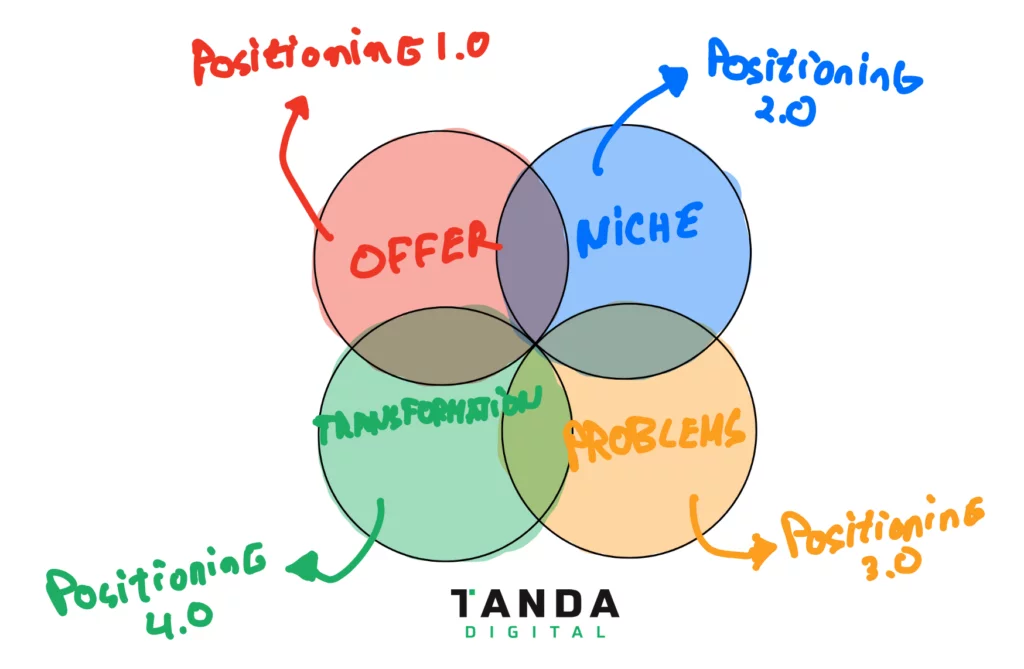
This goes beyond solving problems or addressing needs; it’s about creating a significant change in the client’s condition or business.
In this era, sales strategies are less about persuasion and more about establishing authority specifically around delivering a particular transformation.
Agencies that position themselves as authoritative leaders for delivering a specific transformation are sought after, not just for their services, but for their ability to guide clients towards desired outcomes.
This era is less about selling and more about demonstrating expertise and building trust, leading to a paradigm where authority and thought leadership drive client engagement and loyalty.
Agencies are now positioning around the transformative impact they can have on a client’s business. For instance, a digital agency might position itself as an expert in digital transformation, helping traditional businesses transition to the digital era.
This approach is less about specific services and more about the holistic change an agency can bring to a business. An example is Accenture, which has positioned itself as a leader in delivering digital transformation and innovation strategies.
How to Establish Your Agency as A Transformational Authority through the NPOT Methodology™
To take advantage of Positioning 4.0 at TANDA Digital developed the NPOT Methodology™.
NPOT stands for Niche-Problems-Offer-Transformation.
The fundamental idea is that every agency out there, whether it knows it or not, has what we call an NPOT Model™ – a combination of a Niche it seeks to serve, Problems it wants to solve, an Offer through which it solves those problems, and a Transformation it seeks to deliver.
This NPOT Model™ represents a fundamental position in the market for the agency – it is its business model. And like a car’s engine, it determines how fast the agency can scale.
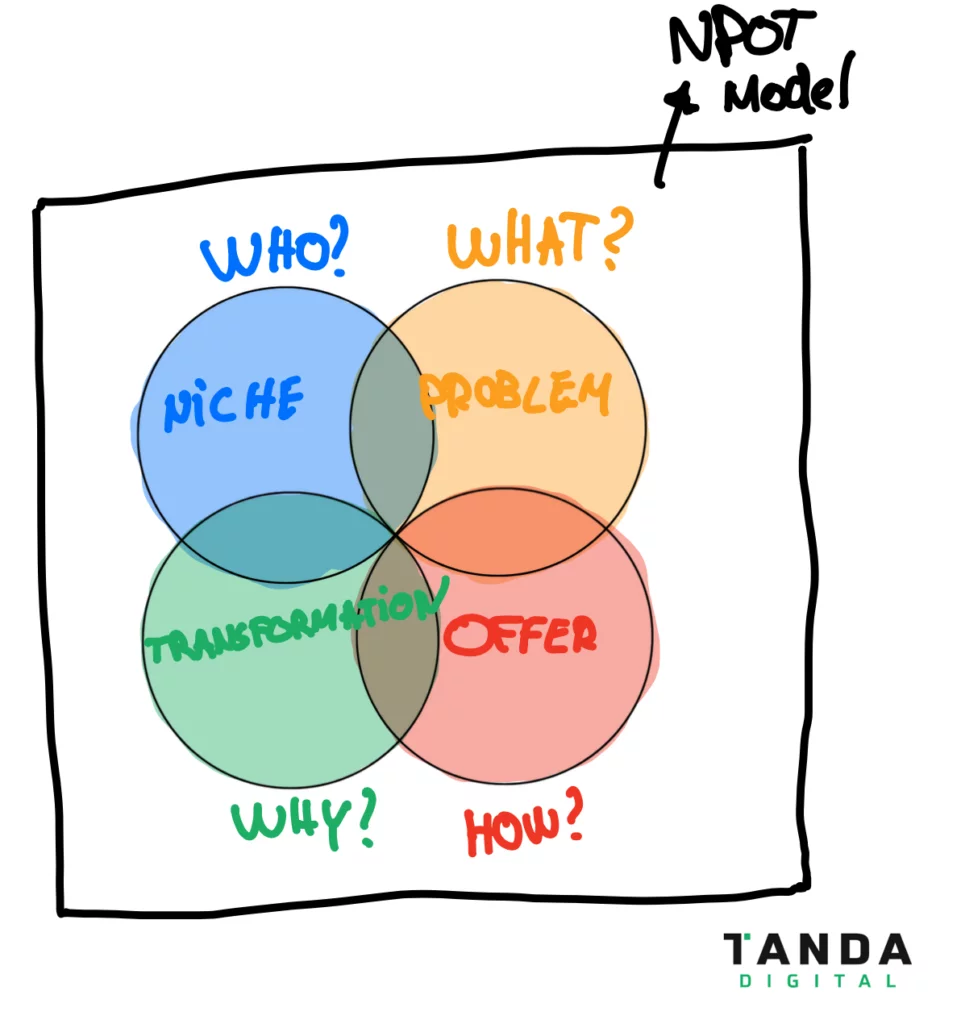
Think of the NPOT Model™ like a combination lock. If you land on the right combination, it pops open immediately. Likewise, if you have a strong NPOT Model™ then you will have a strong positioning strategy, and hence find it much easier to stand out and attract and convert clients.
To gain clarity on your NPOT Model™ we recommend you read our previous article.
Now even after you gain clarity on your niche, the problems they have, and the transformation they desire, you still need to figure out the details of your Offer – the vehicle that will best deliver the transformation.
Unlike in the past, agencies will now become obsessed with the transformation, not so much with the vehicle.
The bigger, more impactful the transformation, the more you can charge. You should always go back to the transformation when assessing the effectiveness of your offer.
I like to always identify the two most important factors about the transformation that people most care about. Let’s say we’re dealing with web design, and I determine that for our niche and the problems they’re facing, they care most about getting more website leads (that’s the transformation), and the two key factors most relevant to that are level of service and level of customization.
There are offers out there with different combinations of customization and service levels, as seen in the positioning matrix below.
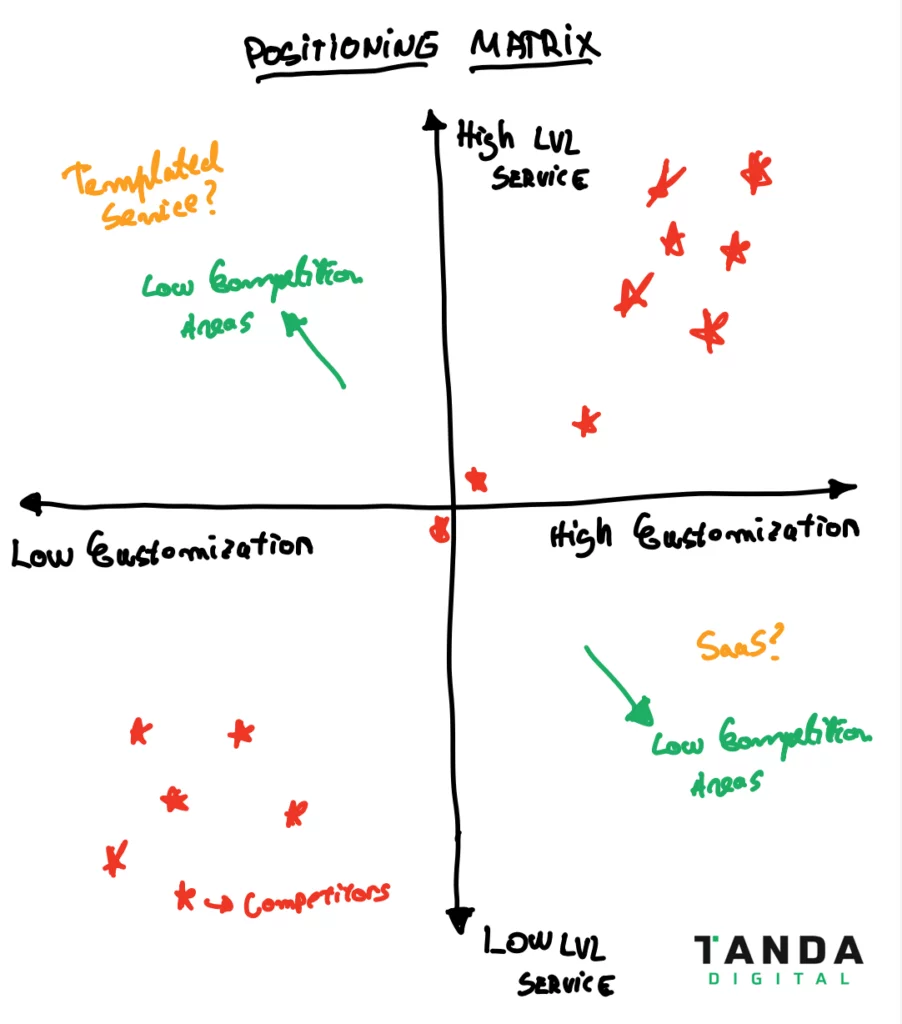
I highly recommend you create this for yourself. Simply choose the two factors most relevant to the transformation and then plot where your competitors stand relative to each other.
What you’re likely to notice is that there are gaps – usually competitors like to deliver the transformation through the same kind of offer. They all copy each other, and typically land in two camps, both polar opposites of each other.
Either low-low + high-high (as in the example above), or low-high and high-low, largely depending on whether you’ve chosen two factors where highs are positive (as in the example above) or two factors where one high is positive and the other is negative.
Typically if one diagonal is occupied by competition, the other one is relatively free – that’s a potential blue ocean for you to explore, an area of low competition (marked in green in the diagram above).
You can brainstorm different vehicles for delivering the transformation based on the areas of low competition.
For example, in web design, maybe you can create a service that’s low in customization by using templates that guarantee high conversion rates and you invest most of the resources in level of service to ensure adequate A/B testing.
Or you choose to go the opposite direction and develop some sort of SaaS that offers a high degree of customization for the landing page, but little to no service, the clients have to do it themselves.
The goal is simply to open your mind to stop being loyal to your vehicle – instead search for whatever is actually the best vehicle for delivering the transformation, even if you lack expertise in it.
New Sales Paradigm: Be a Transformational Authority, Not a Salesman
Beyond just your NPOT Model™, your positioning strategy has to extend to how you actually do your selling. The big change with Positioning 4.0 is that the era of sales as traditionally understood is over. Nowadays the buyer has all the power and information.
Your role must become that of the transformational expert – the authority that is able to guide the client to the achievement of the transformation they desire. While the buyer has a lot of information available, they do not know how to use it to achieve their ends. And very often, they don’t even know what their ends should be!
In fact, the more information they have, the more confused they are – the more they need you as the transformational expert.
And that’s where you come in: you must be like a doctor – diagnose the problems of your clients, help them understand what they need, not just what they want, and then give it to them.
The best way to sell is not selling at all: it’s just being an expert. When the client sees, by talking with you, that you understand your service and their industry in-and-out and you know exactly what they need to be successful, then they’ll want you on their side.
There is no need for hard closing – hard closing is a technique of the past.
How Positioning Will Evolve into The Future
Over the years, the development of positioning has led to ever-greater specialization. Today we have agencies specializing in, for example, Google Ads for eCommerce businesses. The trend towards specialization will continue, except that the focus will change.
With Positioning 4.0, specialization will be oriented towards the transformation delivered – it will not matter what services are required to deliver that transformation, the experts will be able to shift from service to service as market conditions change.
This means that technical expertise will be less valuable in the marketplace. The big money will instead go to agencies that hold the expertise of delivering transformations.
These “Transformational Agencies” are a new breed – they have no loyalty to technical expertise and take advantage of the flexibility of jumping from service to service based on changing market conditions all with the goal of delivering a transformation in the most efficient way possible.
We’re entering the age of transformation: the realization that there is no static “best way” to get something done, and that what’s best always changes, and hence we need to change with it. The only loyalty is to the final outcome, not to the means of getting there.
What Does This All Mean For Growing Your Agency?
Agencies stuck in Positioning 3.0 will face high levels of price pressure and commoditization in the next 10 years.
As Transformational Agencies will proliferate, old-school agencies will become the playthings of the former. Clients will hire Transformational Agencies, which will then outsource the work to agencies still stuck in the past, fighting for an ever shrinking pie of specialization in terms of offers, problems and niches.
An eCommerce company will hire a Transformational Agency that can help them achieve a desired outcome: expansion on a new continent, for example. It will not matter what services are used to achieve this transformation… whether Google Ads, Influencer Marketing, and so on.
So Transformational Agencies will get the big contracts, and then they will hire the right combinations of old-school agencies to deliver the services. Transformational Agencies will effectively become teams of project managers and consultants, without much in-house technical expertise.
To take advantage of this, you must determine what transformation you want to be loyal to through the NPOT Methodology™ and then use the Positioning Matrix at all times to determine areas of low competition that may provide more effective ways of delivering the transformation.
Seek to become an agency of thinkers, not of doers, because the future belongs to thinkers.
TL;DR – Become a Transformational Agency Through Authority Positioning
To grow your agency in 2024, focus on becoming a Transformational Agency through authority positioning. This involves evolving beyond traditional sales techniques and specializing in delivering transformative outcomes to clients.
The NPOT Methodology™ (Niche-Problems-Offer-Transformation) is crucial for establishing a strong market position. It’s less about the services offered and more about the transformation achieved.
Agencies should strive to be seen as authoritative experts, guiding clients towards desired outcomes. This shift is part of the latest evolution in agency positioning, where the emphasis is on significant client transformation rather than just problem-solving or service delivery.
Successful agencies will be those that adapt to this new paradigm, positioning themselves as thought leaders and consultants, rather than just service providers.
Looking to Add Predictable Growth to your Business?
Hey, thanks for reading this article, I hope you got great value out of it. I'm the founder of TANDA Digital, Tudor Dumitrescu (click to follow me on LinkedIn) and I've made it my mission in life to empower 25,000 business owners to grow with confidence through systematic improvements in their business development processes.
If that sounds like something you want, there are 2 ways for us to help:
1. Check out our free resources (no sign-up required)
Over the years we've built an entire library of resources and education about outbound business development. If you want to learn more about how we work, feel free to check it out here: See Free Resources
2. Get a FREE Growth Audit
If you want to check if outreach can help you scale your business, please contact us below for a free growth audit – we'll assess your business and let you know if outbound can help:
